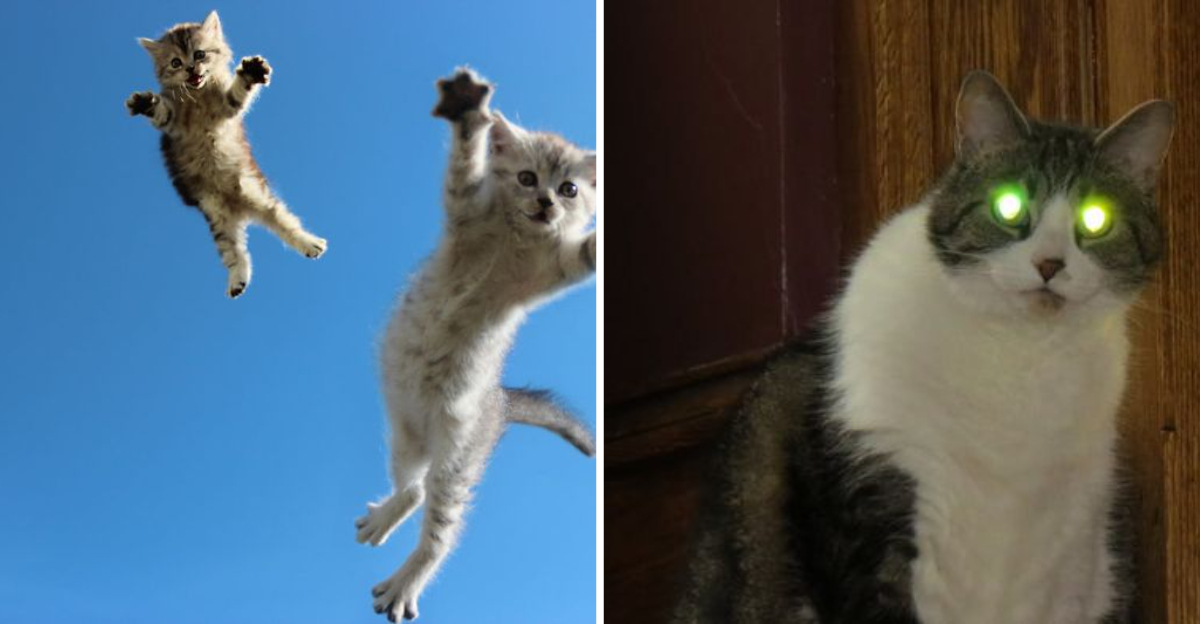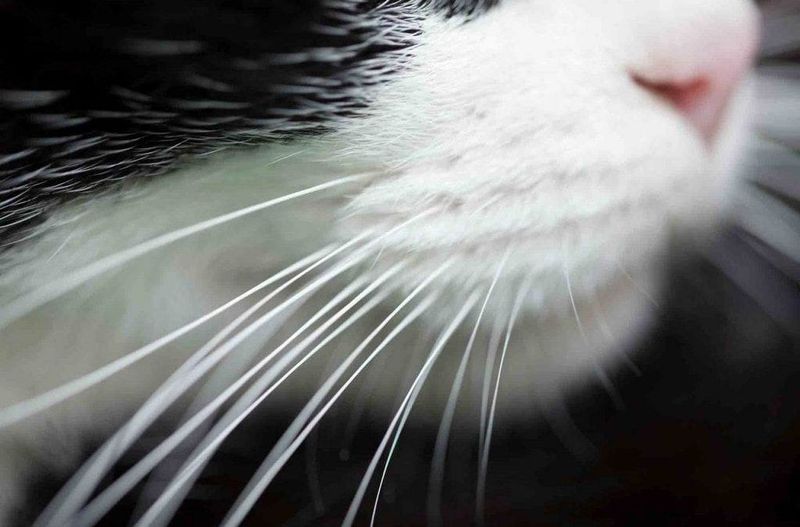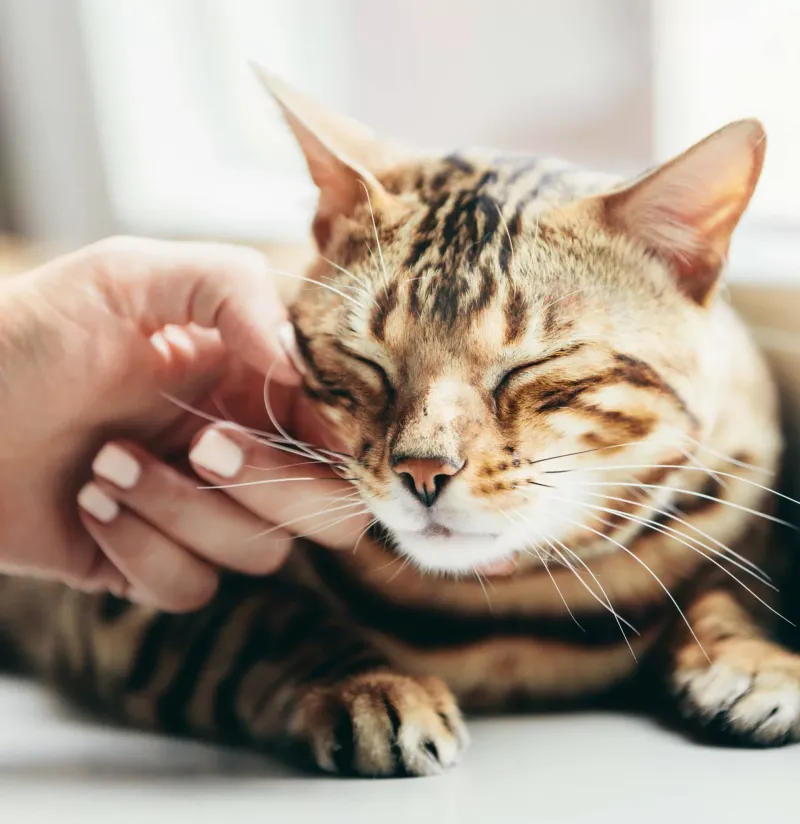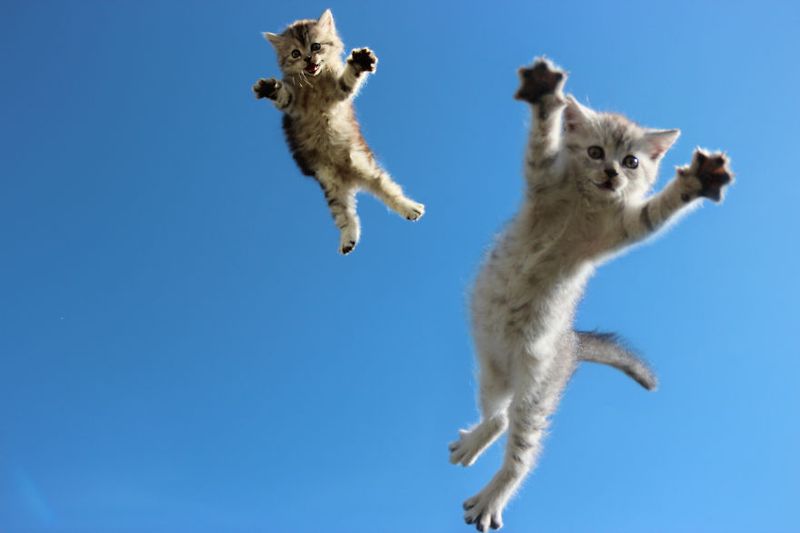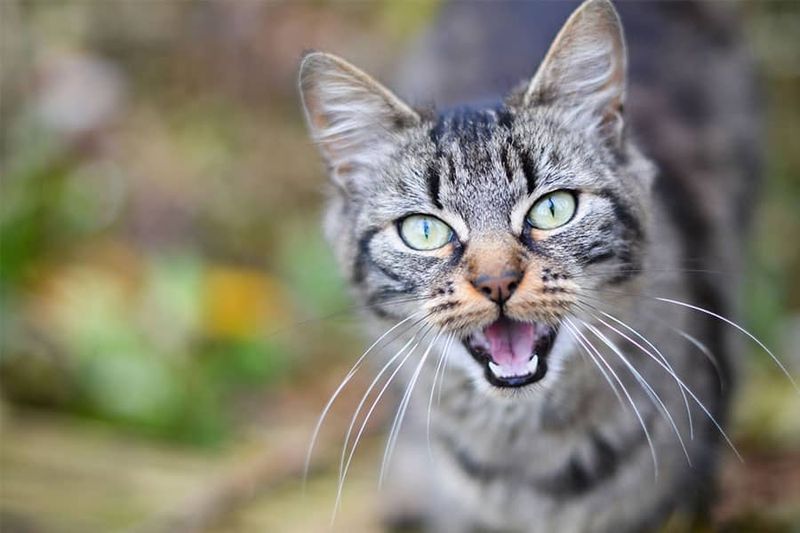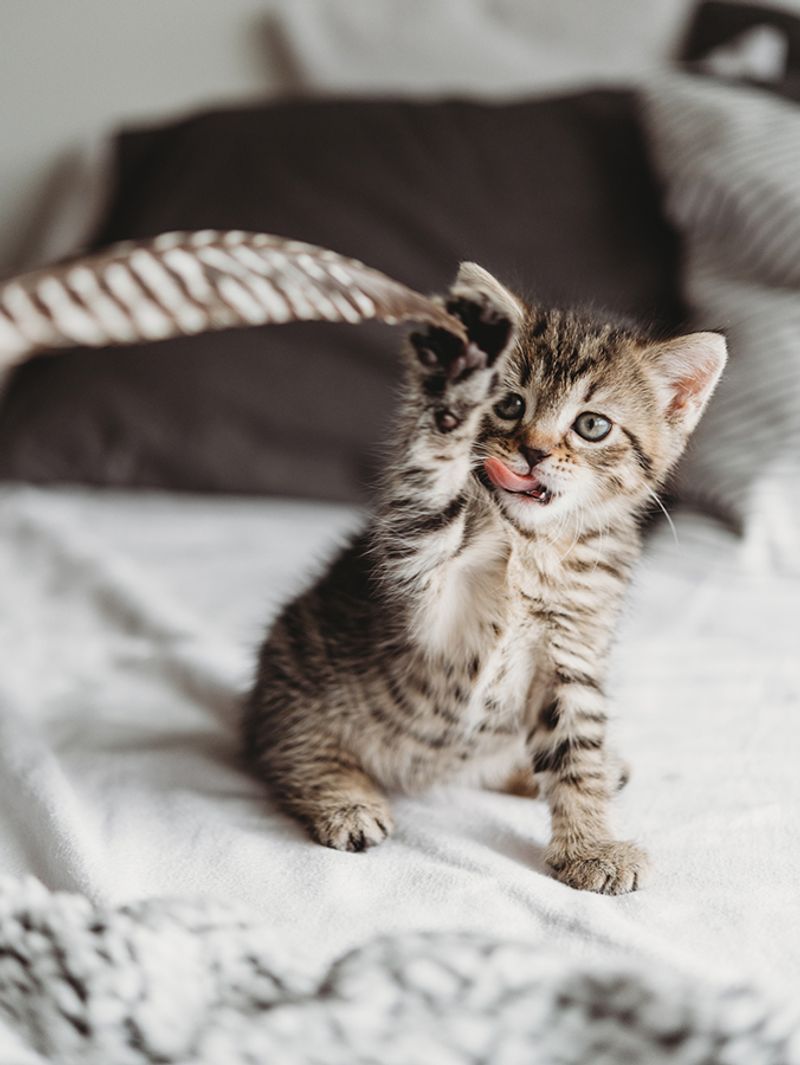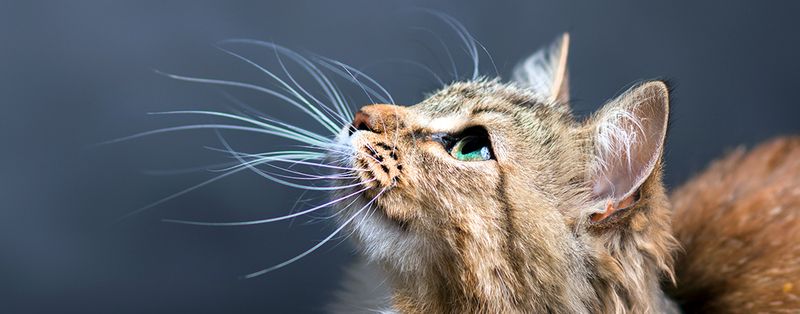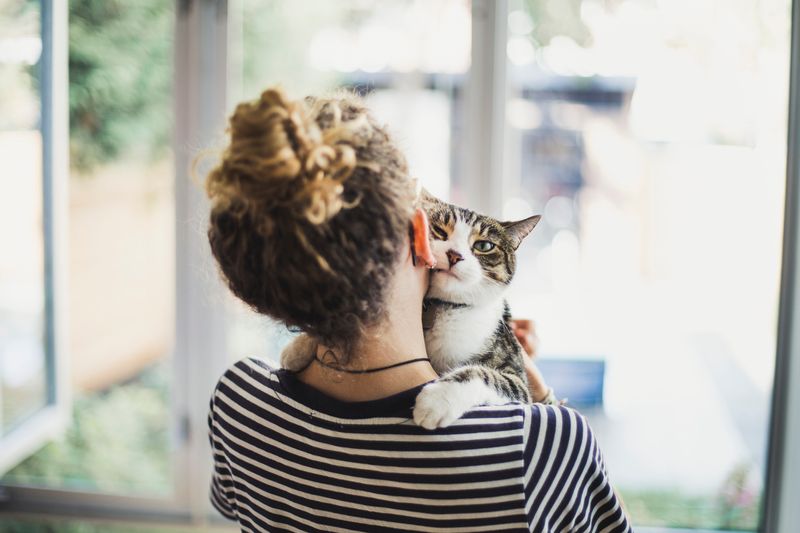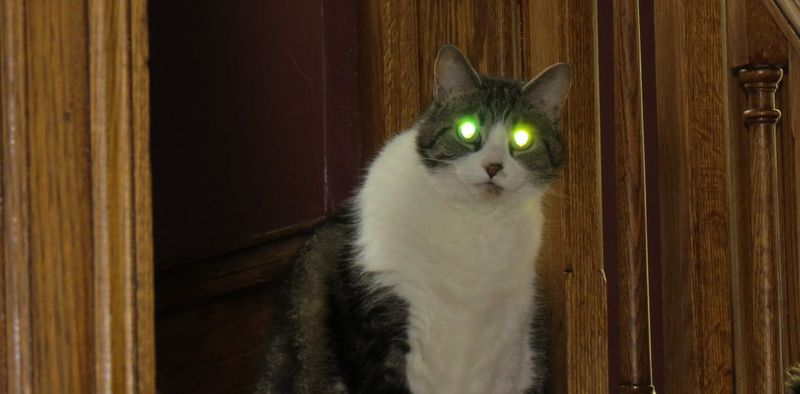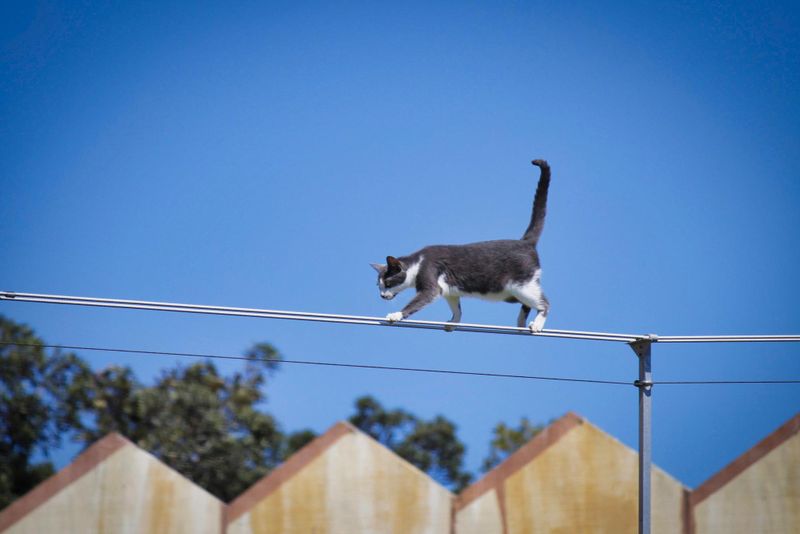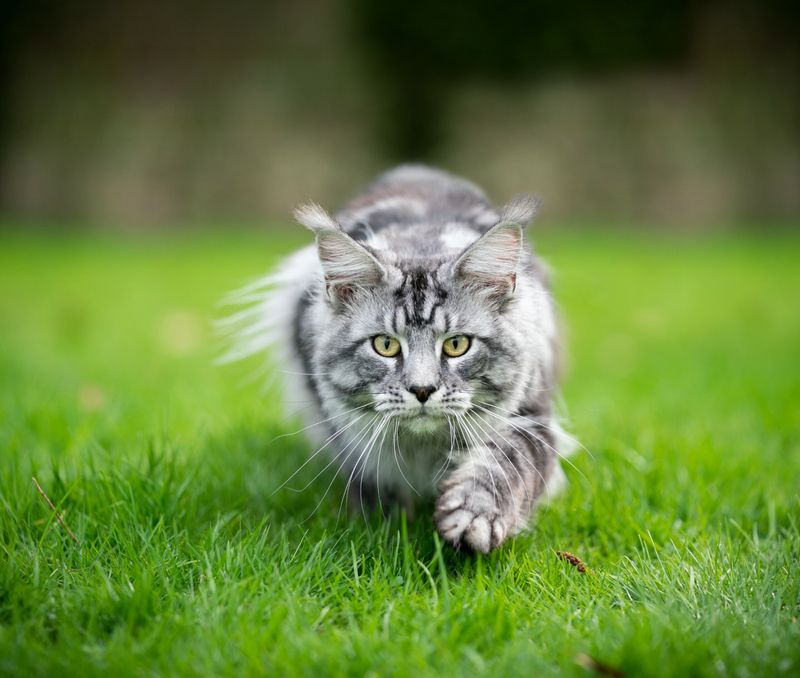📖 Table of Content:
Explore the fascinating world of cats, where each whisker, paw, and purr tells a story. From their unique physical traits to their mysterious behaviors, cats captivate us with their charm and complexity. This blog post delves into ten intriguing aspects of our feline companions, revealing secrets that even the most devoted cat lovers might not know. Whether it’s their acrobatic jumps or the silent language of their whiskers, cats continue to surprise and delight us. Join us in uncovering the hidden wonders of these enigmatic creatures.
1. The Whisker Network
Whiskers are more than just facial decorations on a cat. Embedded deeply in their skin, whiskers are connected to a complex network of nerve endings, making them sensitive tools for navigating the world. These vibrissae can detect subtle changes in air currents, aiding cats in maneuvering through darkness. Additionally, whiskers serve as spatial sensors, helping determine if a space is too tight to squeeze through. Emotionally expressive, forward whiskers suggest curiosity, while whiskers pulled back may indicate agitation. This intricate whisker network is integral to a cat’s everyday life.
2. Mystery of the Purr
Cats’ purring is an enigma that has puzzled many. Originating from the rapid vibration of the laryngeal muscles, this soothing sound occurs during both inhalation and exhalation. Known for its calming effect, purring can also be therapeutic for the cat itself. In moments of stress or pain, purring may promote healing through its vibrations, which are believed to stimulate bone repair and reduce inflammation. This dual nature of comfort and healing adds a layer of mystery to the beloved cat purr, making it a fascinating subject of feline physiology.
3. The Leaping Athlete
Cats are natural-born athletes, capable of jumping up to five times their body length. This impressive feat is thanks to their powerful leg muscles and flexible spine, allowing them to leap with precision and ease. Whether they’re chasing after a toy or jumping onto a high perch, their agility is unmatched. This athletic prowess not only showcases their physical capabilities but also highlights their playful and adventurous spirit. Cats’ extraordinary jumping ability is a testament to their evolutionary adaptation as skilled hunters and explorers.
4. The Vocal Explorer
Did you know cats can make over 100 different sounds? Each vocalization carries a distinct meaning, from the familiar meow to the gentle purr and the more unusual chirp or hiss. These sounds form a complex language that allows cats to communicate their needs and emotions to humans and other animals. As you spend time with your feline friend, you’ll start to recognize these vocal cues and understand their unique language. This rich array of vocal expressions adds depth to their mysterious and charming nature.
5. Paw Preference Phenomenon
Just like humans, cats can display a preference for one paw over the other. This phenomenon, known as lateralization, is observed when they reach for toys or scratch surfaces. Studies suggest that male cats often prefer their right paw, while females lean towards the left. This quirky trait adds an interesting layer to their behavior, revealing subtle aspects of their personality and cognitive functioning. Observing your cat’s paw preference can offer insights into their individual nature and preferences, making them all the more endearing.
6. Silent Whisker Talk
Whiskers can communicate a cat’s mood without a single sound. These sensitive hairs move to express emotions, with forward-facing whiskers indicating interest and engagement. Conversely, whiskers pulled back might signal anxiety or defensiveness. This silent form of communication is part of the rich tapestry of feline behavior, allowing cats to interact with their environment and express themselves subtly. Understanding these whisker cues can enhance the bond between cat and owner, providing a glimpse into their emotional world.
7. Therapeutic Effects of Purrs
Beyond its soothing sound, a cat’s purr may have therapeutic effects. These low-frequency vibrations are believed to promote healing by stimulating bone growth and reducing inflammation. Cats often purr when they are content, but they also purr in stressful or painful situations, suggesting a self-healing mechanism. For cat owners, the calming presence of a purring cat can be comforting, creating a peaceful atmosphere. This dual-purpose purring highlights the remarkable adaptability of cats and their instinctive ways of maintaining well-being.
8. Cats’ Night Vision
Cats are equipped with extraordinary night vision, allowing them to see in near darkness. This ability is due to a layer of cells in their eyes called the tapetum lucidum, which reflects light back through the retina. This adaptation enhances their hunting skills and nighttime explorations, making them effective nocturnal predators. Their glowing eyes in the dark are not just an eerie sight but a testament to their evolutionary prowess as night-time hunters. This feature underscores their mysterious allure and adaptability.
9. Tail as Balance Tool
A cat’s tail is more than just an aesthetic feature; it’s a crucial tool for balance. Whether maneuvering along a narrow ledge or making a sharp turn during a chase, the tail helps maintain equilibrium. Cats’ tails also serve as a mood indicator, with movements reflecting their emotional state, from happiness to irritation. This dual role of balance and expression makes the tail a fascinating aspect of feline anatomy, showcasing their adaptability and communication skills. Observing tail movements can reveal much about a cat’s inner world.
10. The Hunting Instinct
Even the most domesticated cats retain a strong hunting instinct. This natural behavior is seen in their play, where they stalk, pounce, and chase toys as if they were prey. Hunting provides physical exercise and mental stimulation, crucial for their well-being. This instinctive trait reflects their wild ancestry and survival skills, offering a glimpse into their complex nature. Understanding and nurturing this instinct through play can enrich the cat-human relationship, making it a rewarding experience for both parties.
